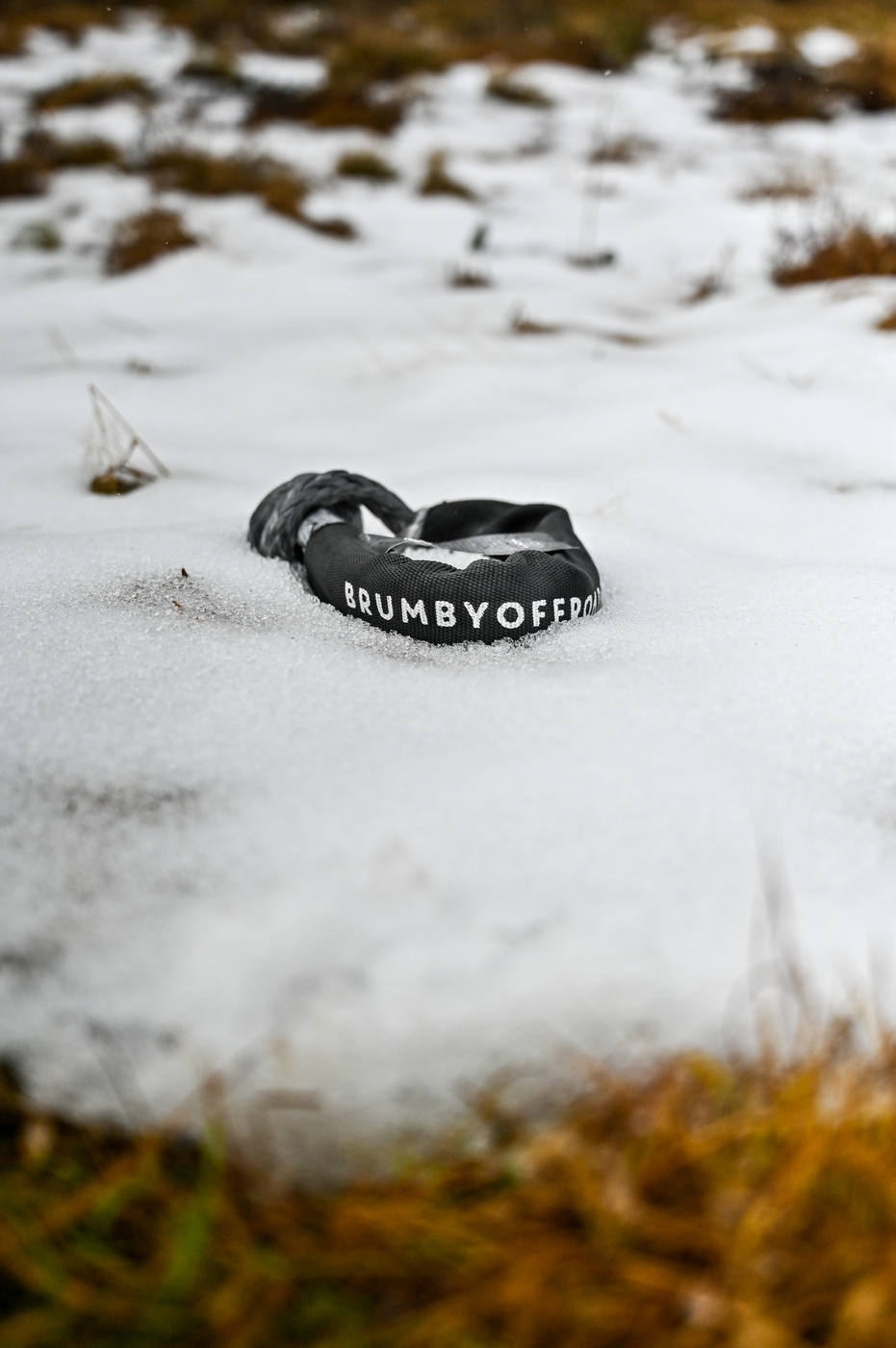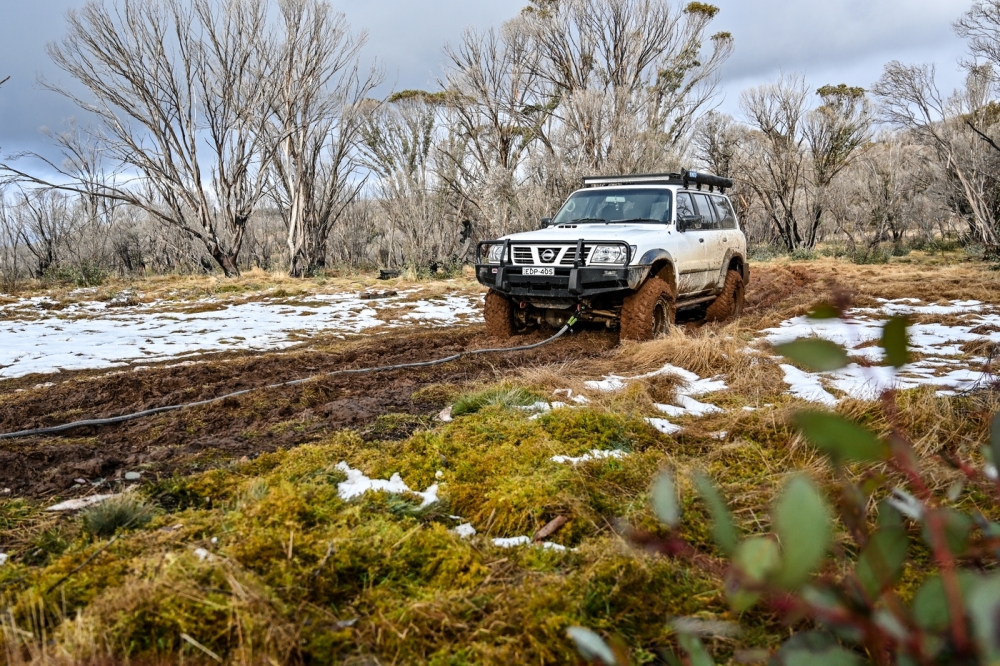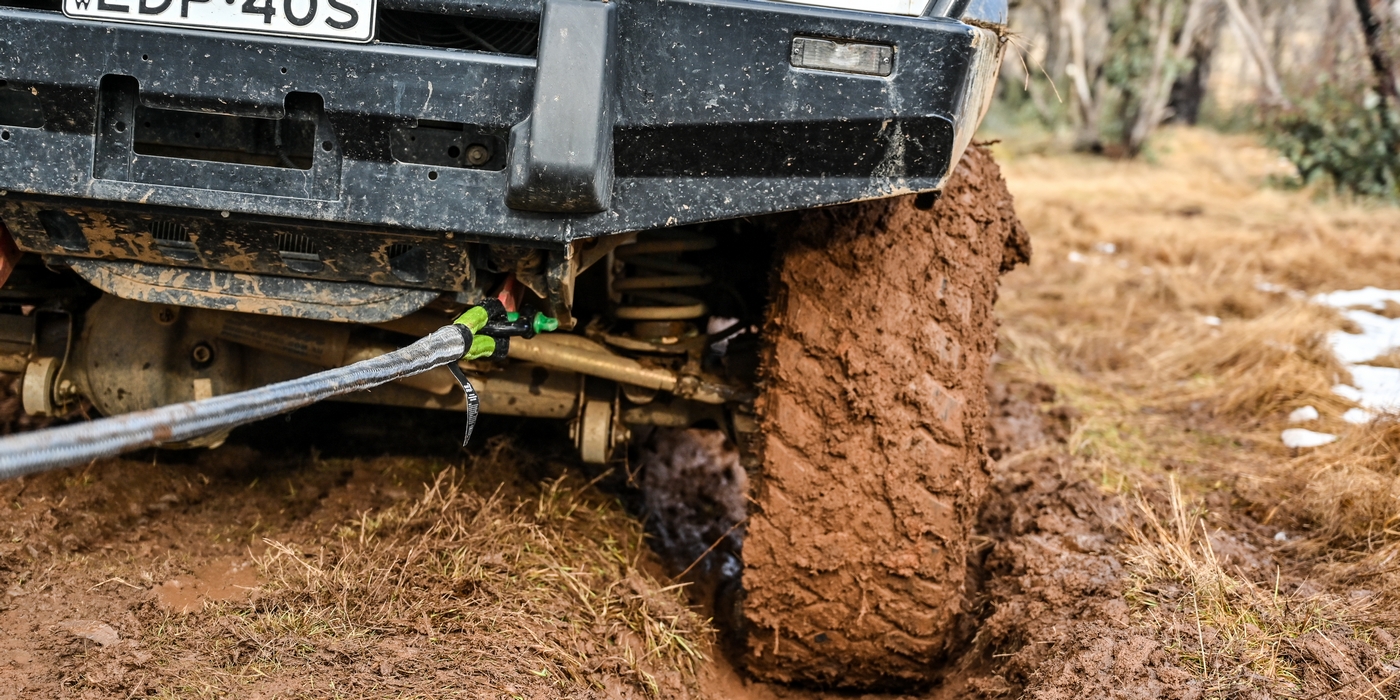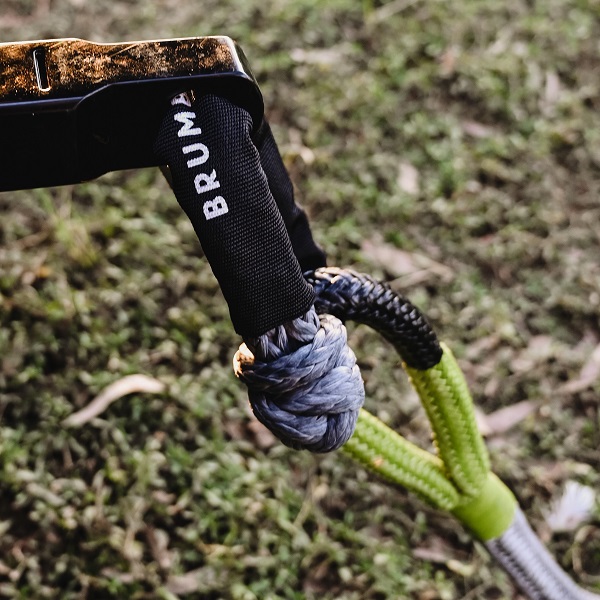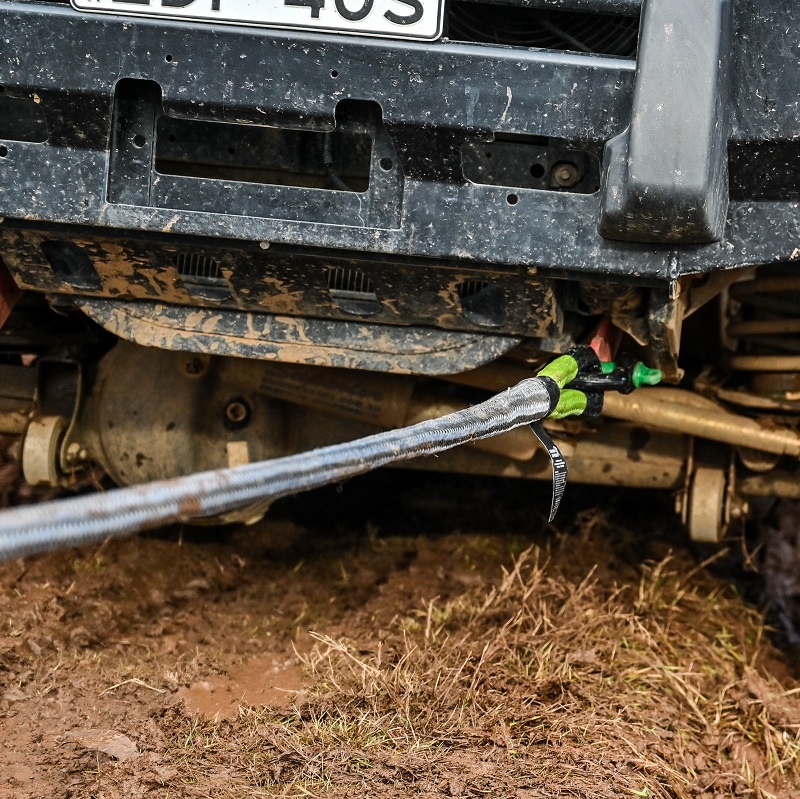Brumby Offroad Monthly Giveaway
Brumby Offroad is offering a giveaway each month. Simply join our email list and go into the monthly draw to win a great prize!
Terms and Conditions
To enter the competition you must be subscribed to our Mailing list via the website/
- Follow Brumby Offroad on Facebook and Instagram for an extra entry
- Tag a friend to gain an extra entry.
- The winner will be chosen at random from the mailing list on the first week after the giveaway ends.
- The winner will be notified via email- you must respond with the best delivery address within 1 week, if no response a new winner will be drawn.
- Brumby Offroad may publish the winner’s name via the website and/or social media platforms.
- E & O Accepted.

BRUMBY OFFROAD GALLERY
FEELING STUCK?
Kinetic Recovery Ropes FAQs
When put under load, our recovery ropes stretch up to thirty percent- 50% more stretch then a snatch strap (20%). This stretch relieves the sudden jounce commonly associated with vehicle recovery, effectively reducing the amount of stress exerted on a vehicle and its occupants.
Some slack can be left before starting the recovery process with kinetic recovery rope, enabling the pulling vehicle to get momentum and hence gain a much higher pulling force. Since the kinetic recovery rope is exceptionally good at absorbing shocks, it stretches under tension and transfers all the energy gained from the pulling vehicle to the stuck vehicle.
The ability to leave slack comes in handy when the pulling vehicle is in very loose terrain, such as deep sand, snow, or mud as it enables the vehicle to move before it starts feeling the weight of the moving vehicle.
The traditional snatch straps are most dangerous when used in high force recoveries. Kinetic Recovery Ropes are more durable than snatch straps. They are less prone to failure and provide a softer recovery.
The ropes also give you more stretch (30%) which will make recovering a stick vehicle easier and with less stress on your gear and your 4wd. The snatch strap has about 20% stretch.
Our kinetic recovery ropes are made from heavy-duty double braided nylon. The ropes are coated with Urethane Polymer to protect against abrasion, water and UV. This means the Kinetic Recovery Ropes can absorb the shock upon take off in a recovery, unlike cables, chains, and standard straps.
Brumby Offroad’s Kinetic Recovery Rope is built to withstand heavy strain, providing a smooth and powerful pull. Its controlled-stretch ability sets it apart from a typical tow rope or strap.
The ends of the rope are spliced which gives the rope extra strength. The weakest point of a Snatch Strap is the stitching on the ends.
Traditional snatch straps are manufactured from flat nylon webbing and are available in different lengths, widths and capacities. Nine-metre lengths and minimum breaking strengths between 8000 and 11,000kg, with widths between 60 and 100mm, are popular choices for four-wheel drivers.
It’s advisable that the snatch strap’s minimum breaking strength should be between two- to three-times the Gross Vehicle Mass (GVM) of the lightest of the two vehicles involved in the recovery operation.
Snatch straps typically have reinforced eyes at each end to allow fitment of rated shackles for vehicle attachment. To form these eyes, the nylon webbing is looped back onto itself and is stitched together.
Despite the eyes of a snatch strap being reinforced and the stitched areas usually covered by seam-protector sleeves, it is this area of the snatch strap that is the weakest point and therefore most prone to failure on an otherwise undamaged strap.
The principle behind a vehicle recovery using a kinetic recovery rope is the same as a traditional snatch strap. The vehicle being recovered is pulled out of its predicament by another vehicle using the stretchy kinetic recovery rope.
The rope is attached to both vehicles (using rated shackles attached to rated recovery points), then the recovery vehicle gets a run-up and pulls on the rope, which stretches like an elastic band and then contracts, using the stored kinetic energy in the rope to hopefully yank the stuck vehicle out of its bogged state.
Of course, this kind of recovery can only be performed if there are at least two vehicles on hand, and if there’s enough space available for the recovery vehicle to get a good run-up. Additionally, this recovery method should only be employed if the recovery can be performed by pulling the stuck vehicle forwards or backwards, not to either side.
- Do not try to recover a vehicle without all the essential equipment
- Use equipment that is specially designed for a particular situation, if in doubt then don’t use it
- Do not exceed the MBS of the rope or the Working Load Limit (WLL) of the shackles
- Attach your recovery gear using Rated Recovery Points. Do not attach to your tow-ball or directly to your bull bar.
CONTACT BRUMBY OFFROAD
We look forward to hearing from you! Simply fill out the form below and we’ll get back to very soon.





